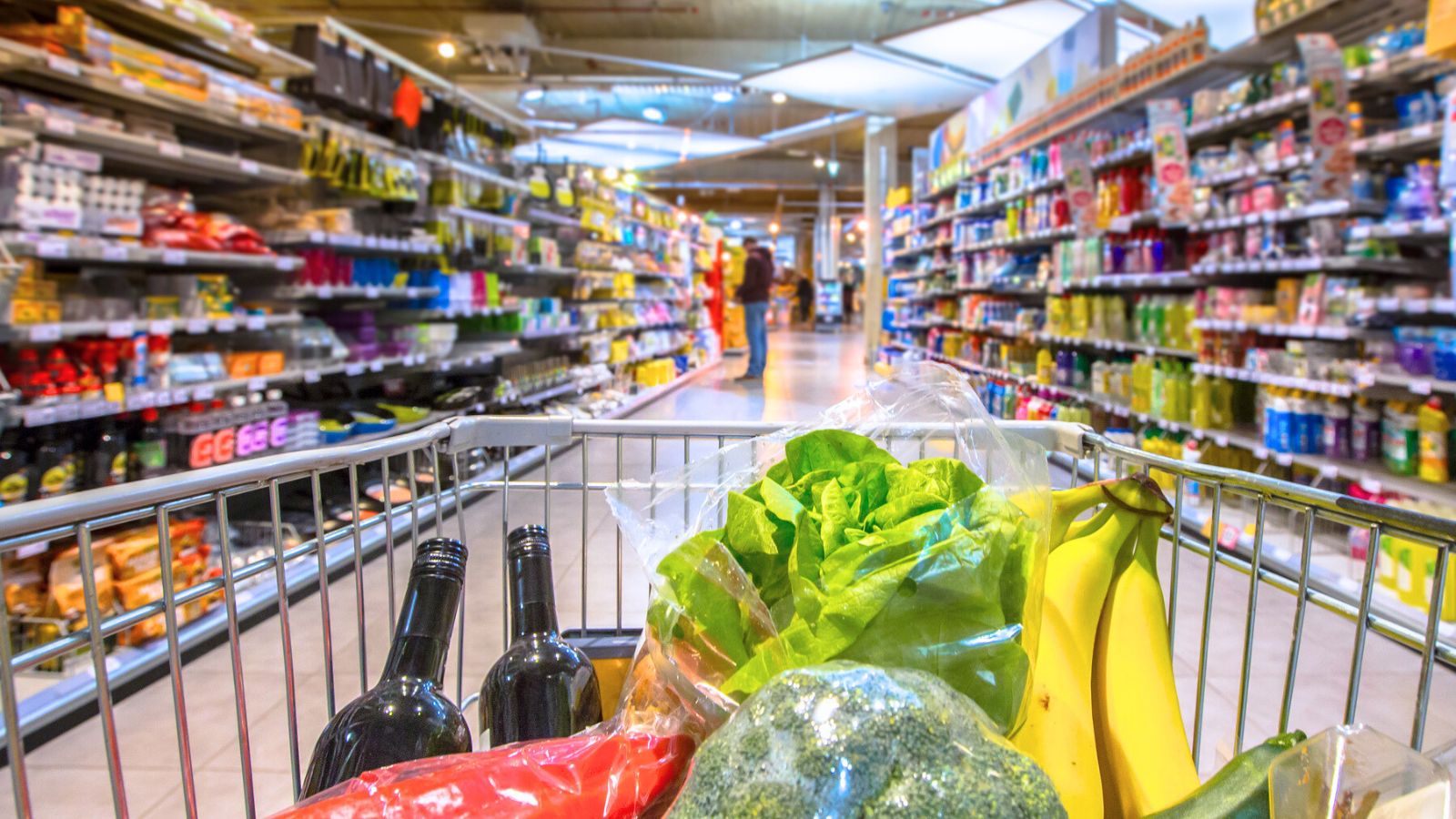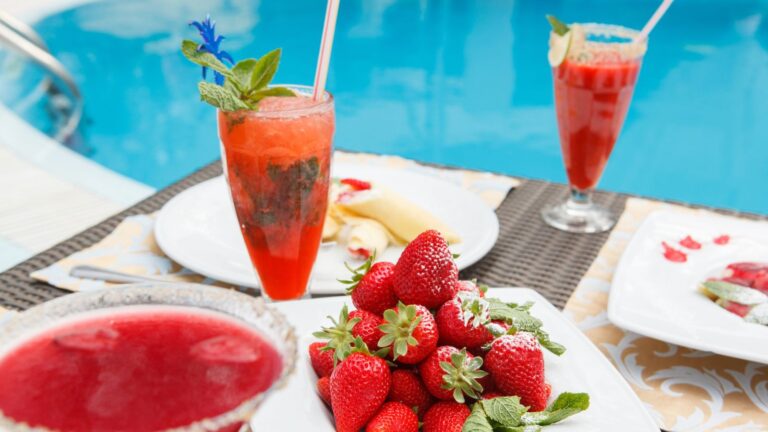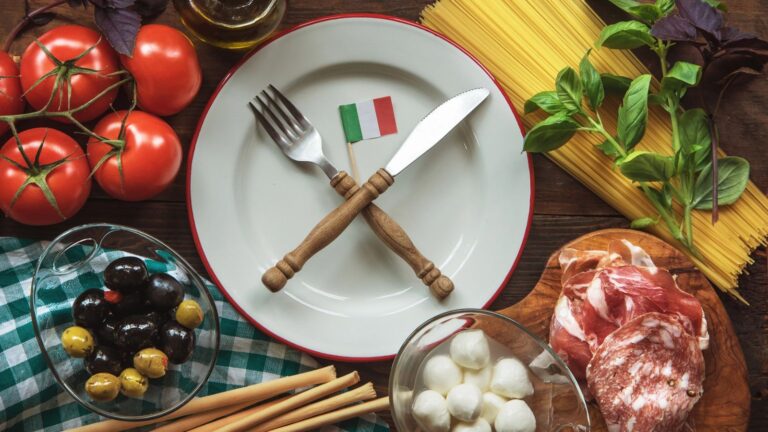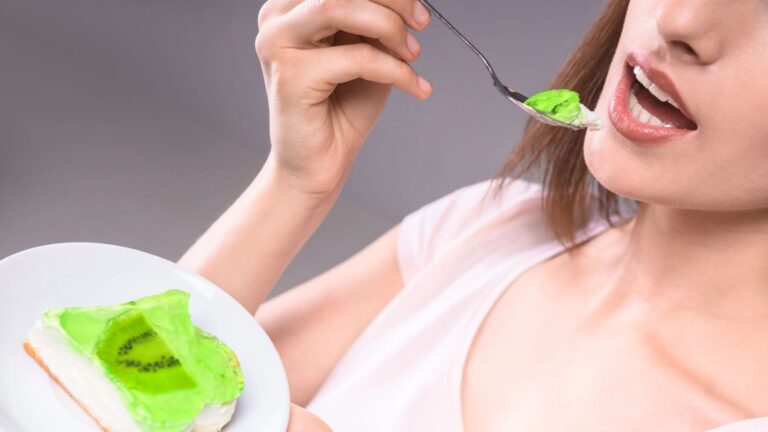11 Foods You Thought Were Healthy (But Are Actually Doing More Harm Than Good)
A lot of foods are marketed as healthy, but you need to read the label to see the whole story. You may think you’re making a good choice, only to realize later it’s full of sugar or extra salt. If you’re trying to eat better, check the ingredients and think about swapping these foods for better options.
Flavored Yogurt
Yogurt sounds healthy, and plain versions can be. But flavored ones often come packed with added sugar—sometimes as much as a candy bar. Even the fruit at the bottom usually isn’t real fruit. If you like yogurt, stick with plain and mix in fresh fruit or a little honey.
Granola
Granola has a wholesome reputation, but it’s usually high in sugar and calories. Just one cup can pack in more than you think, especially when it’s coated in honey or seed oils. A small sprinkle on top of yogurt or fruit is fine, but it’s not always a great idea to eat it by the bowl.
Veggie Chips
Don’t let the name fool you—veggie chips are rarely better than regular chips. Many are made from powdered vegetables and then fried or baked with added salt and oil. You’re not getting the same nutrients as real vegetables, but you are getting plenty of processed carbs.
Smoothie Bowls
Smoothie bowls can look beautiful and seem like a healthy start, but they can be sugar bombs. Between the blended fruit, juice, granola, and toppings, the sugar content can skyrocket fast. If you’re not careful, you’re basically eating dessert for breakfast.
Energy Bars
Many energy or protein bars are closer to candy bars than actual health food. They’re usually packed with added sugars, processed ingredients, and artificial flavors. Some even use sugar alcohols that can upset your stomach. If you need a snack, a handful of nuts or a hard-boiled egg is a better choice.
Agave Syrup
Agave is often marketed as a healthier sweetener, but it’s still sugar—just in a different form. It’s very high in fructose, which your body processes differently than glucose and can be tough on your liver. It’s fine in small amounts, but it’s not a health food.
Gluten-Free Packaged Foods
Gluten-free doesn’t always mean healthy. Many gluten-free breads, crackers, and baked goods are made with refined starches and have less fiber than their wheat-based versions. They’re great if you have celiac disease or an intolerance, but otherwise, they won’t be doing you any favors.
Low-Fat Salad Dressing
When fat is taken out, something else usually goes in—often sugar or extra salt. Low-fat dressings may have fewer calories, but they also lack the healthy fats that help you absorb nutrients from vegetables. You’re often better off with a small amount of a full-fat, simple dressing like olive oil and vinegar.
Fruit Juice
Even 100% fruit juice is missing something important: fiber. Without it, your body absorbs the natural sugars quickly, which can spike your blood sugar. It’s easy to drink way more fruit in liquid form than you’d ever eat whole. Stick with water and eat actual fruit when you can.
Frozen Diet Meals
Pre-portioned frozen meals can seem like a smart way to control calories, but they’re usually high in sodium and low in nutrients. They often leave you feeling hungry again an hour later. Cooking in batches at home and freezing leftovers is a much healthier option.
Flavored Instant Oatmeal
Oats are great—until you add the pre-flavored packets into the mix. Many of them have more sugar than a doughnut. They’re also low in protein, which means they won’t keep you full for long. Go with plain oats and add your own fruit or cinnamon.
Smarter Choices Start with the Label
Just because something is sold in the health food aisle doesn’t mean it’s actually good for you. Taking a few extra seconds to check the label can help you spot what’s really in your food. The more you know, the easier it is to make choices that truly support your health.
This article first appeared on Happy From Home.







